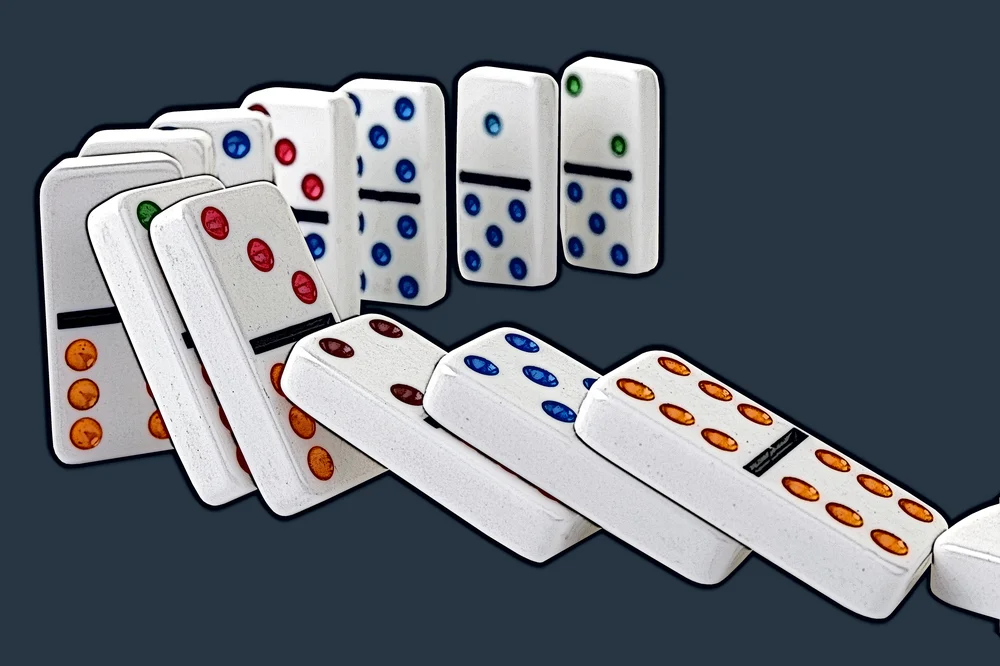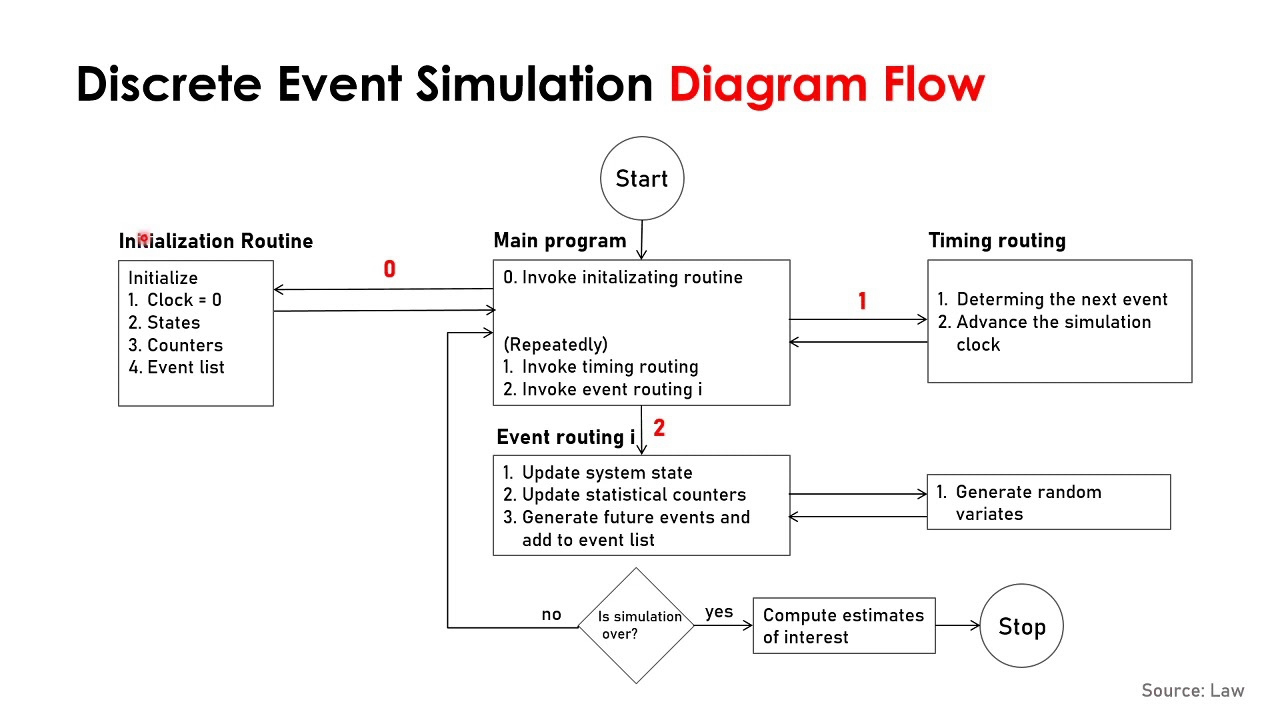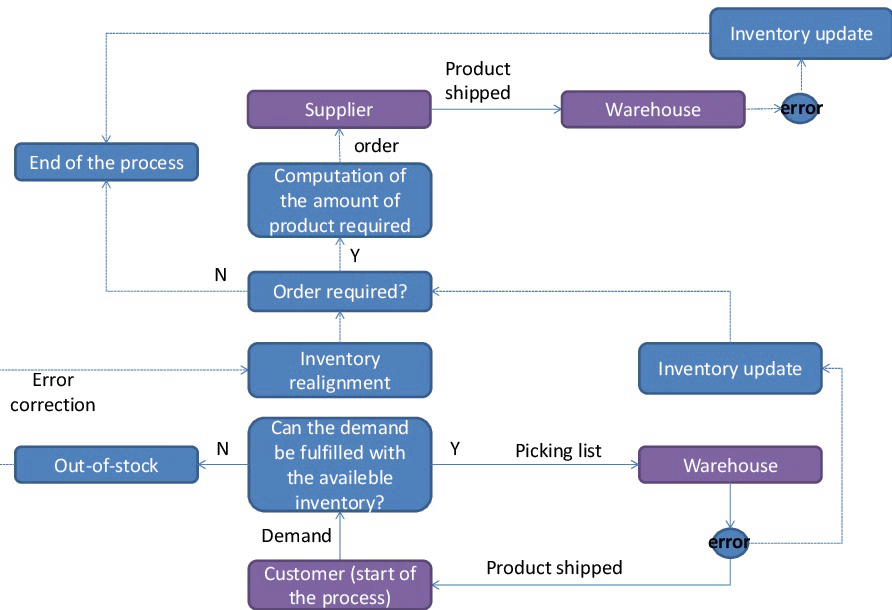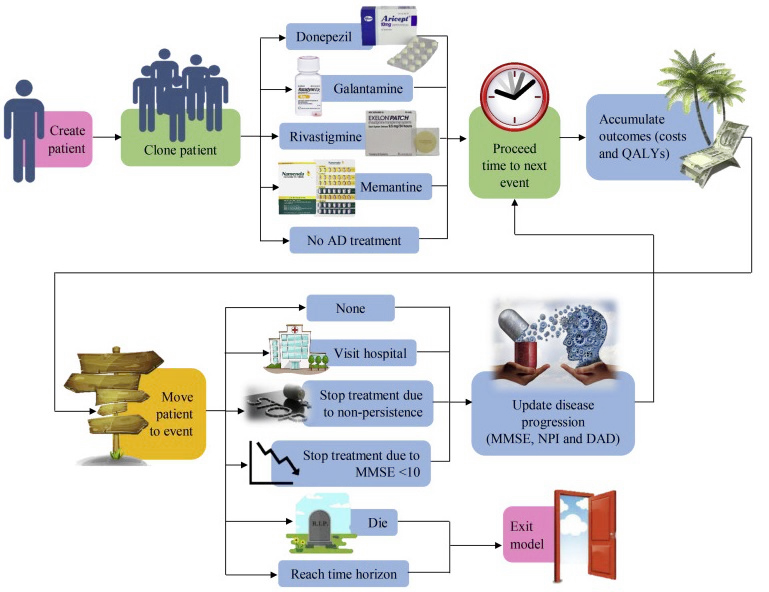

Simulation is a many-sided beast, and research teams should approach it with extra care. There is no single simulation approach or tool suitable for all tasks – teams need to identify their research goals and choose a method accordingly.
Discrete-event simulation is just one of the options available to businesses and researchers. Like any other simulation method, it can be highly effective in certain situations and virtually useless in others. However, despite its relative conceptual simplicity, discrete-event simulation can be a powerful tool in the right hands.
Discrete-event simulation, or DES, is intended to simulate systems where events occur at specific, separable instances in time. DES contrasts with a continuous simulation where events are tracked continuously.
DES can be either deterministic or stochastic, depending on the nature of the target process. The defining characteristics of discrete-event simulation are as follows:
Thus, simply put, DES could be defined as “a system designed to process some sort of entities with some kind of resources” (Choi, & Kang, 2013. p. 43).
A contrast and compare of DES with continuous simulation would yield the characteristics outlined in Table 1.

This processing aims to check for bottlenecks, find blocked or starved locations, operations, or sources, identify failure modes, and improve the design. Some examples of probability distributions are highlighted in Figures 2 and 3.


To give readers a better idea of the uses of discrete-event simulation, here are a few situations or problems that DES can help businesses solve:



To summarize these examples, discrete-event simulation is optimal for the following situations:
Discrete-event simulation is suboptimal for modeling systems that change continuously. However, it can represent continuously valued phenomena and can even produce sensible results. Still, DES provides comparatively low definition and accuracy when applied to continuous systems.
Continuous simulation can help us track how a process develops over time, capturing its state at many points without any gaps or jumps. Discrete-event simulation, albeit capable of producing valid results with continuous systems, may not accurately represent continuous phenomena since it only tracks time events at discrete points.
With that in mind, DES is best to use with discrete systems, though it can theoretically be used with continuous systems when it is necessary to obtain insights quickly.
Although discrete-event simulation is just one among many simulation modeling methods, it is helpful in a vast range of situations. However, it is not always the best tool for the job. Any easy way to become acquainted with discrete-event simulation is an introductory Discrete Event System Simulation course through Udemy. Another approach to learning about DES is to review a well-developed engineering teaching case: The Skateboard Factory (Mesquita, et al., 2017).
When choosing an approach to simulation, it is essential to understand what the team is trying to simulate. More concretely, the team should have a statistical knowledge of the target system – whether it is continuous or discrete, deterministic or stochastic, or static or dynamic.
Apart from choosing the right simulation approach, businesses should also determine if a simulation is the right solution to their issues in the first place. Although a powerful tool, simulation can be overkill in situations where the system state can be predicted easily and reliably.
Bottani, E., Mantovani, M., Montanari, R., & Vignali, G. (2017). Inventory management in the presence of inventory inaccuracies: an economic analysis by discrete-event simulation. International Journal of Supply Chain and Inventory Management, 2(1), 39-73.
Choi, B. K., & Kang, D. (2013). Modeling and simulation of discrete event systems. John Wiley & Sons.
Harahap, E., Nurrahman, A., & Darmawan, D. (2017). A modeling approach for event-based networking design using MATLAB-SimEvents. Proceedings of 2nd International Multidisciplinary Conference 2016, Jakarta, Indonesia, 1(1). 327-331
Kongpakwattana, K., & Chaiyakunapruk, N. (2020). Application of discrete-event simulation in health technology assessment: a cost-effectiveness analysis of Alzheimer’s disease treatment using real-world evidence in Thailand. Value in Health, 23(6), 710-718.
Law, A. M., Kelton, W. D. (2007). Simulation modeling and analysis (3rd ed.). New York: McGraw-Hill.